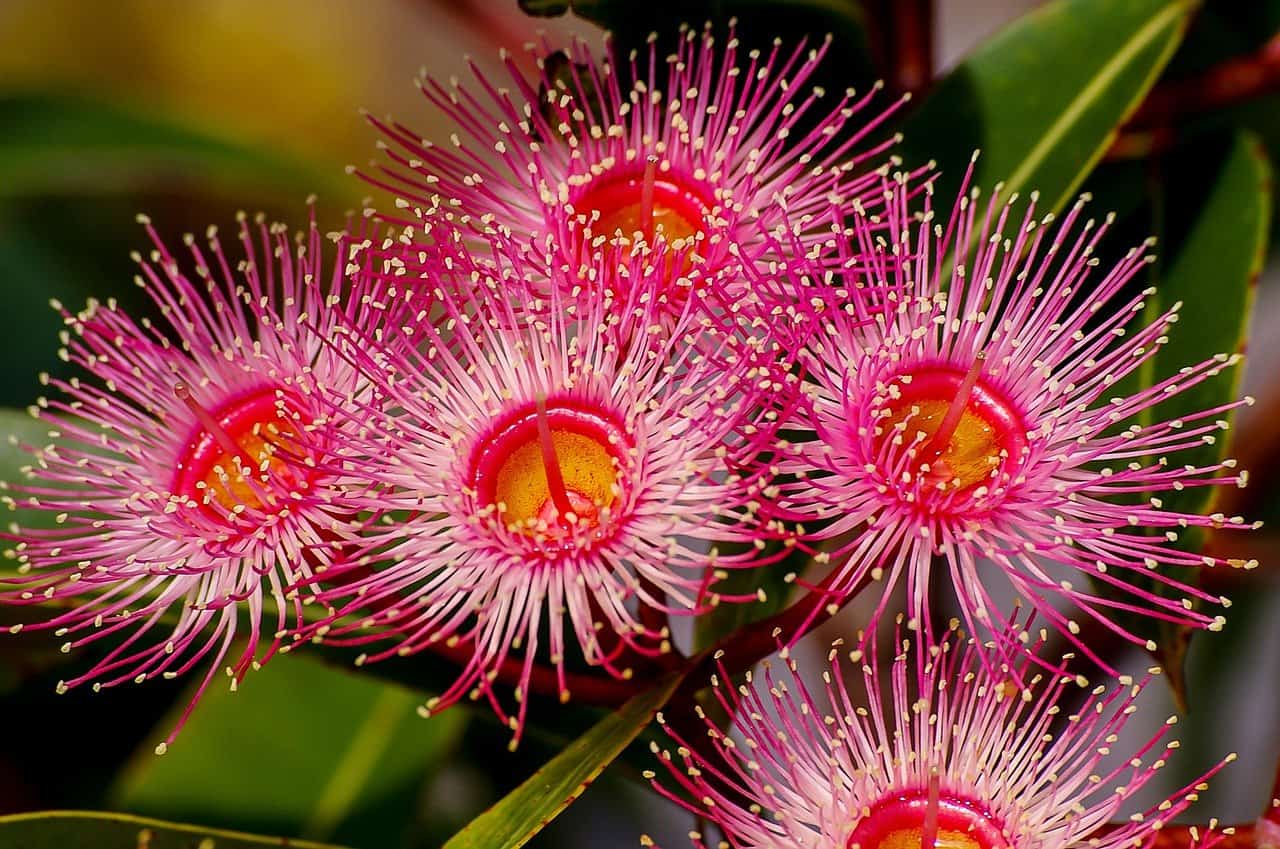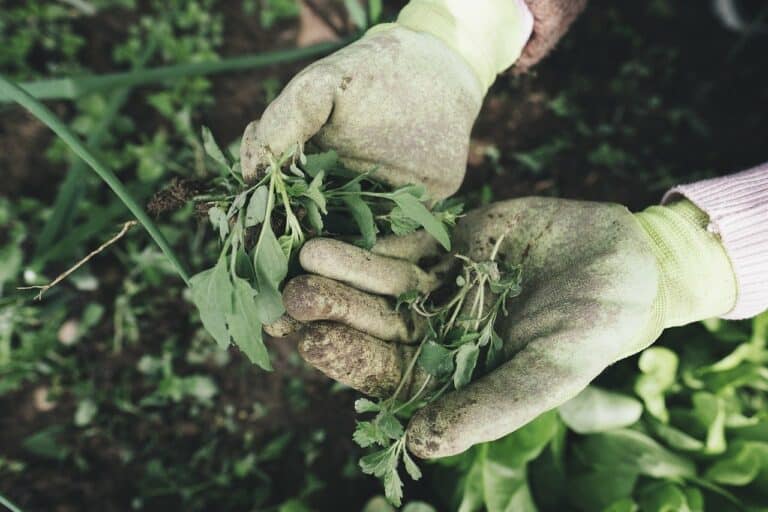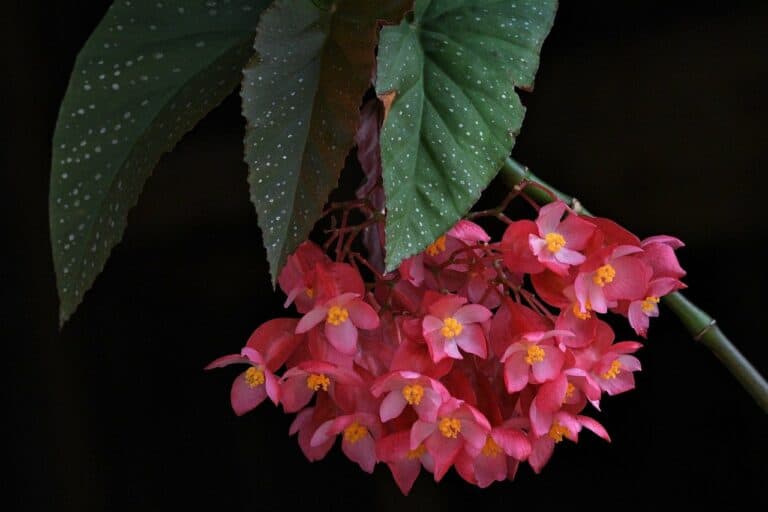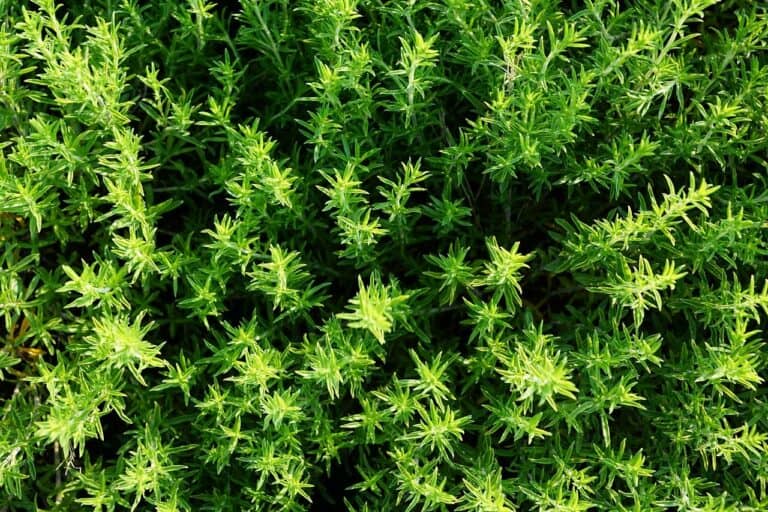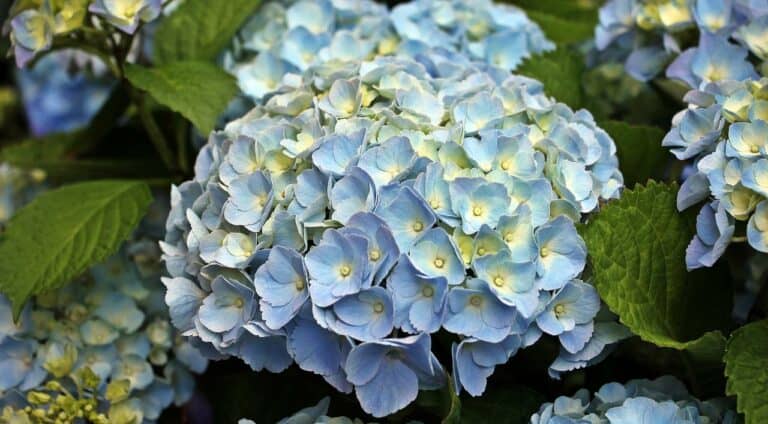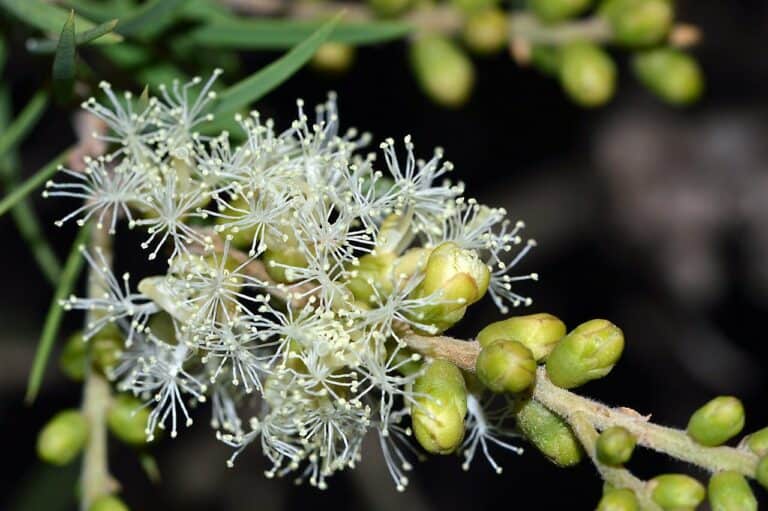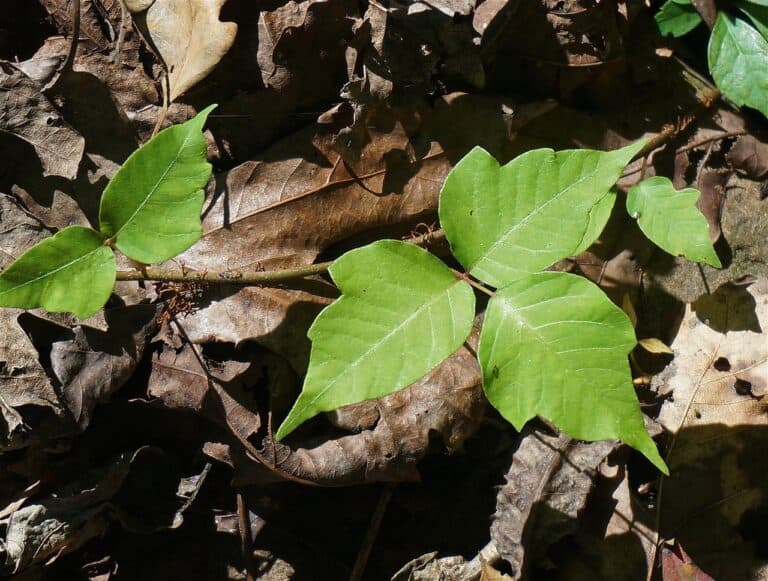Eucalyptus
There are over 700 species of eucalyptus, most being native to Australia, where a fossilized eucalyptus tree stump has been reliably dated at 21 million years old. However, although the trees are no longer native to South America, this is where the oldest fossils are found, so the plant was probably distributed throughout Gondwanaland and became localized after the gradual break-up of the supercontinent.
Nowadays, some species are cultivated elsewhere in Europe, Africa, Asia, the Americas, the Mediterranean, and Asia – but the range of cultivation is limited as the plant has no tolerance to cold.
There have also been issues with local ecosystems; the trees do not support local wildlife well and can become invasive in the absence of natural growth inhibitors such as the koala bear (which lives exclusively on eucalyptus leaves). They also exude toxins that inhibit other plants from growing nearby – no doubt a survival tactic in the harsh conditions of their natural habitat. The oil they bleed is also highly volatile, and trees have been known to explode from a stray lightning bolt.
The name comes from the Greek E.U. and Kalypso, meaning well-covered and referring to the flower bud. It is one of the tallest trees globally, with one specimen reaching 330ft. Only the Giant Redwood grows taller.
Australia has over 227 million acres of eucalyptus forest, much of it in the renowned Blue Mountains in New South Wales, west of Sydney. The name comes from the blue haze that covers the area, caused by the fine droplets of oil released from the leaves of the trees.
Yes, this oil is the essential oil – it combines with dust in the air and water vapor and shines blue.
The tree itself has many uses: the Aboriginal musical instrument, the didgeridoo, is made by hollowing out the trunk of a suitably-sized tree; all parts of the tree can be used to make dyes ranging in color from yellow and orange through camo hues of green, tan, chocolate brown and deep, rust red. It is also a source of gold! The trees draw up minute particles of gold and deposit them in their leaves. Although this is not enough to collect, it is an eco-friendly indicator of gold deposits.
Different species of eucalyptus were found in other areas, but the uses were very much the same across the country. The Aboriginals used wood to make spears and shields, canoes, bowls, and water carriers. Of course, they recognized the curative properties and used the resinous sap from the leaves medicinally.
They boiled the sap in water until it dissolved, then rubbed the mixture on sores and wounds. This same mixture was also taken internally for diarrhea and stomach complaints and could be applied externally to alleviate aches and pains. In addition, burning the leaves and inhaling the smoke helped with fevers and congestion and kept mosquitoes at bay.
The European settlers recognized all these uses and more, and surgeons of the First Fleet set about distilling the essential oil from the leaves. The tree in most abundance in the region was Eucalyptus piperata, so-called because it smelled like peppermint and was as soothing to the digestion as peppermint itself.
You might also be interested in: Making Essential Oil From Your Garden
The oil was taken up and used by the early population of Australia, and eventually, the commercial prospects were explored. A steam distillation plant was set up in Dandenong, Victoria, and the first production of eucalyptus essential oil rolled off the line in 1852. Word of ‘Australia’s ‘natural wonder’ oil spread to Europe, and its curative properties were much in demand during the Spanish Flu epidemic of 1918-20.
Australia was the center of production until the 1940s/50s but eventually couldn’t compete with the European markets due to cost and distance. Nowadays, 75% of the demand comes from China, though this derives mainly from camphor laurel, which is not a genuine eucalyptus. Awareness of origin is key to buying a good quality, authentic product, so check where your oil has come from. Australia, South Africa, Portugal, Spain, Chile, and Brazil produce true eucalyptus essential oil.
Worth a Try
“There is no better substance for removing grease stains and tar from clothes, even the most delicately colored fabrics, than certain grades of Eucalyptus Oil. Apart from their use as clothes cleaners, Eucalyptus Oils are beneficial for renovating tapestry, car, and furniture upholstery.”
By A. R. PENFOLD, F.A.C.I., F.C.S., Cumto-r and Economic Chemist, Sydney Technological Museum.


